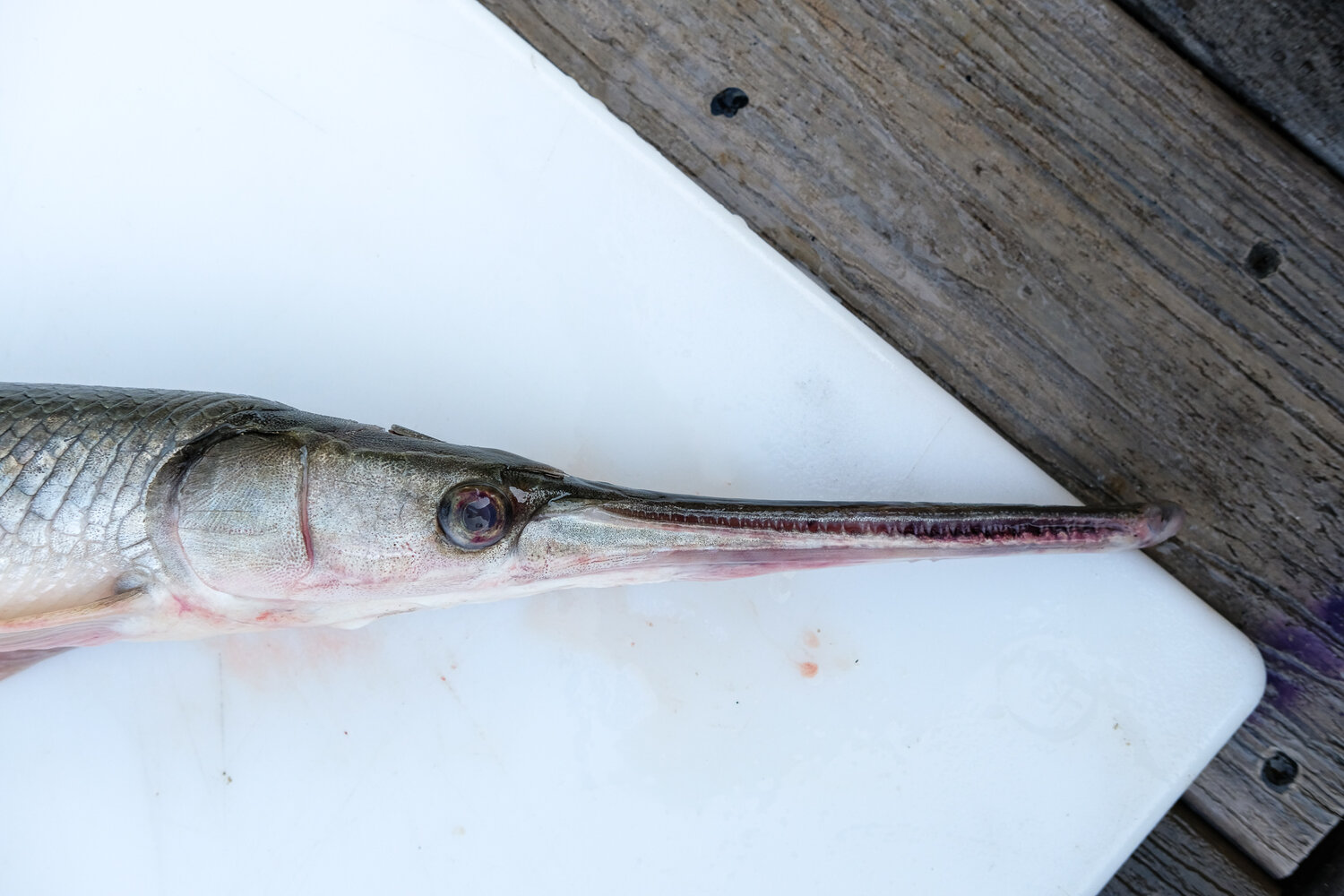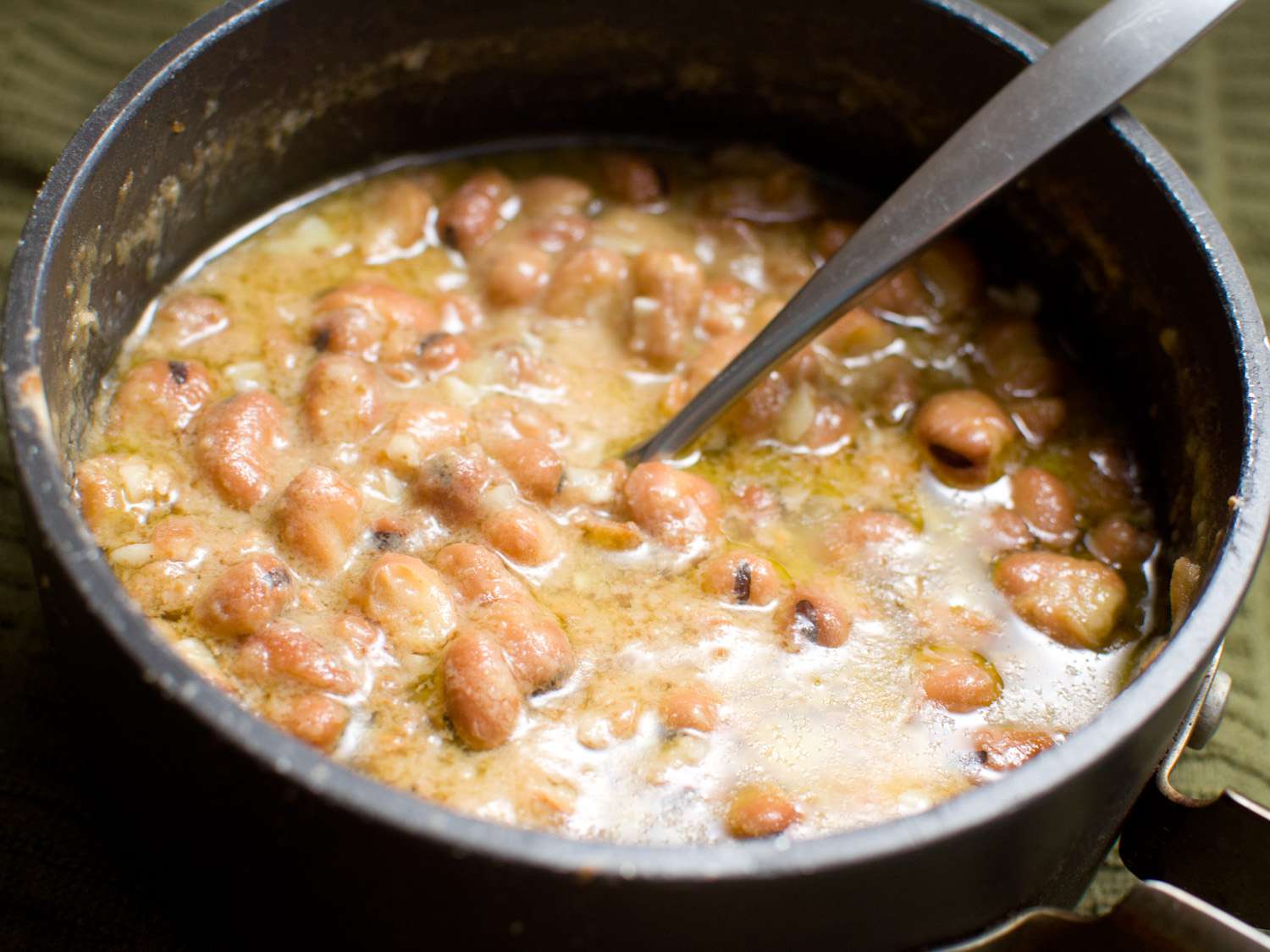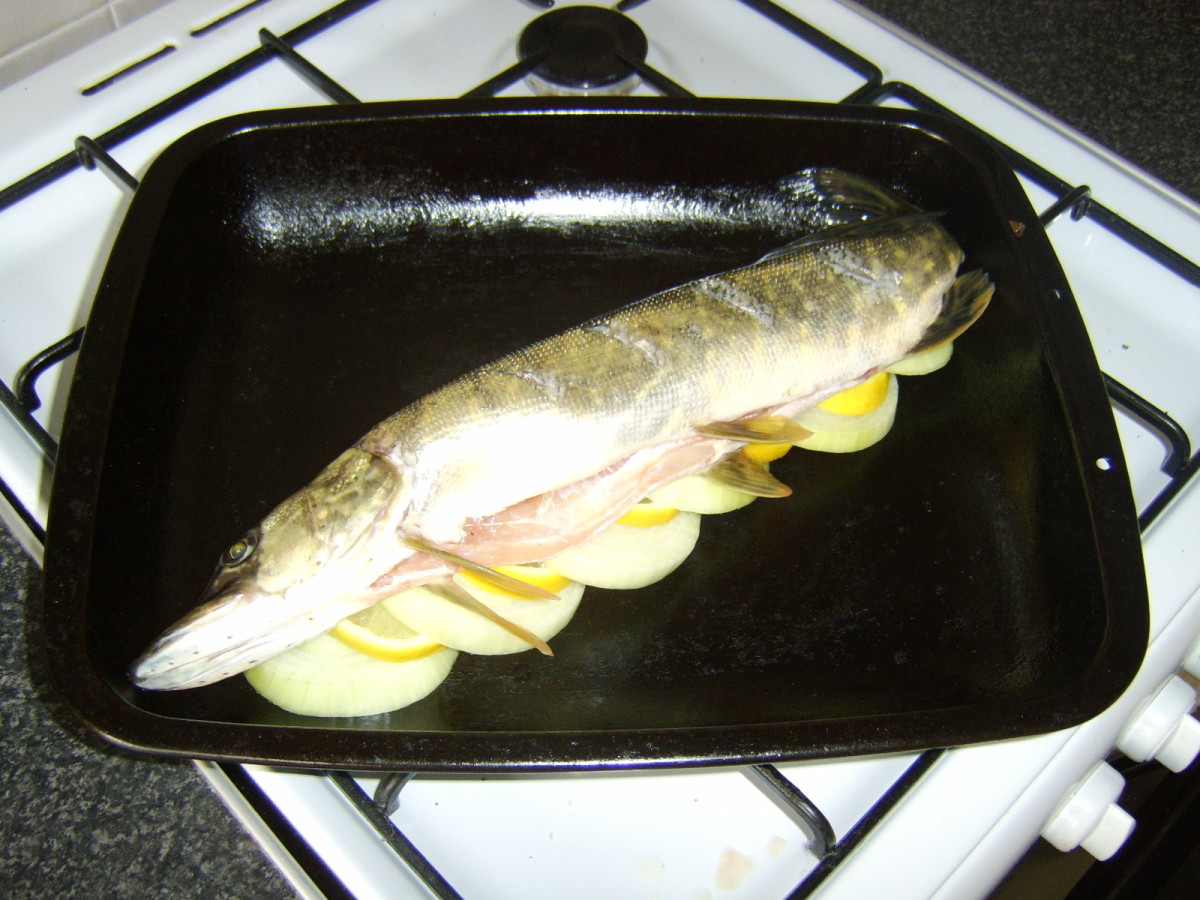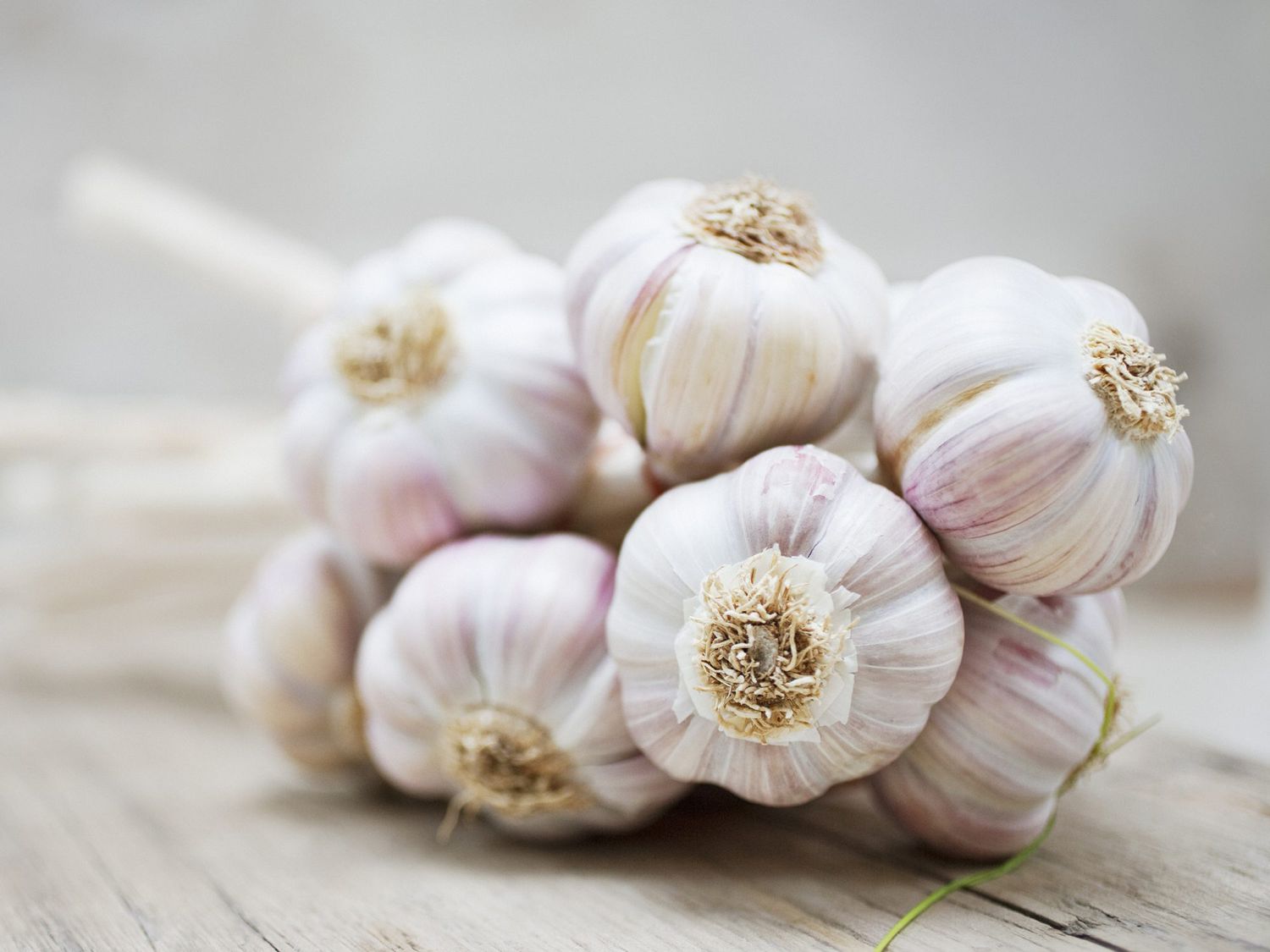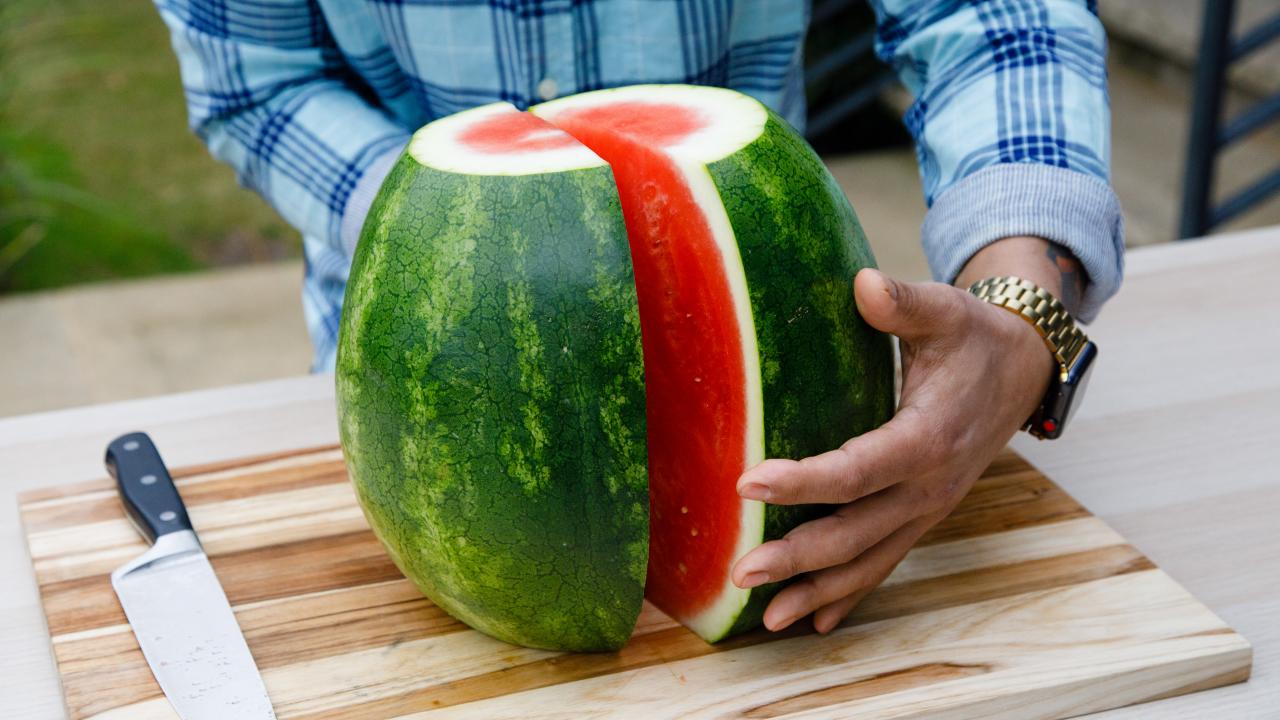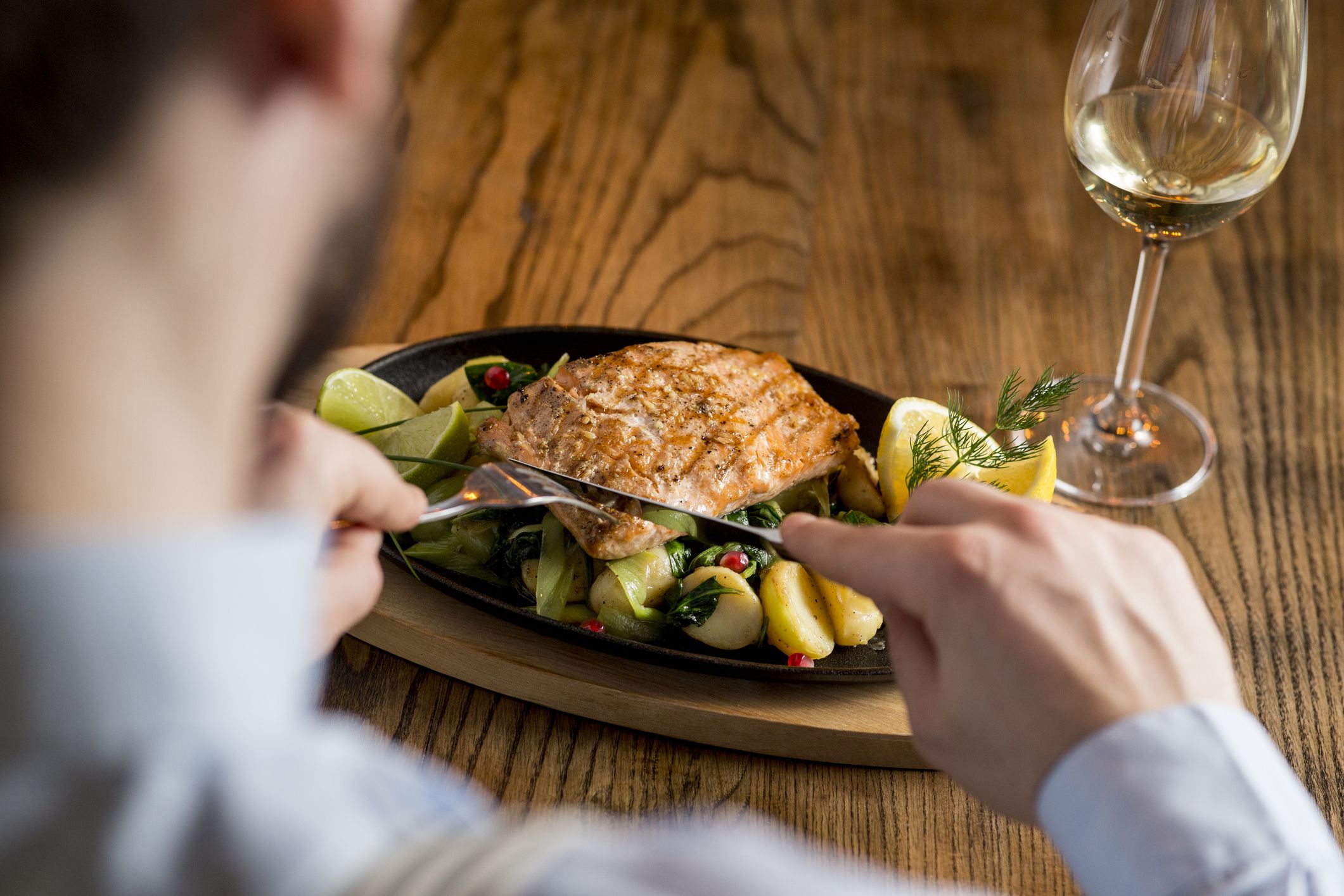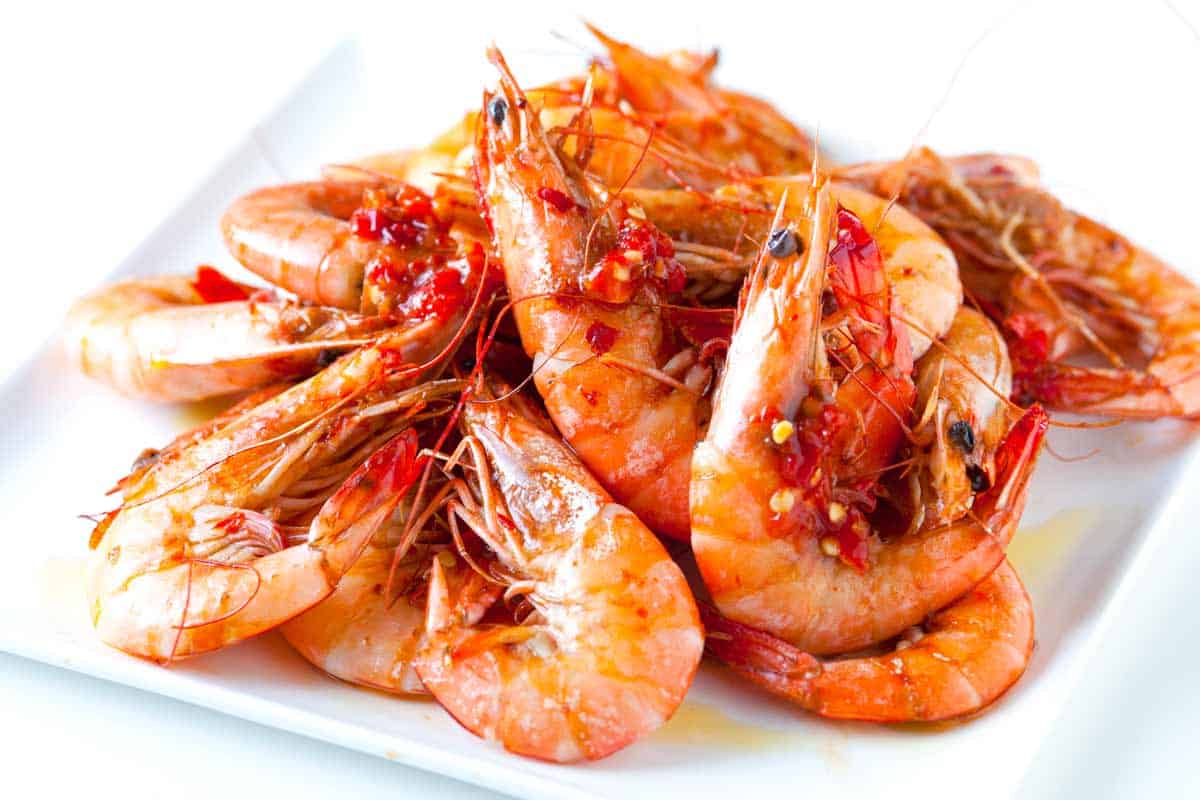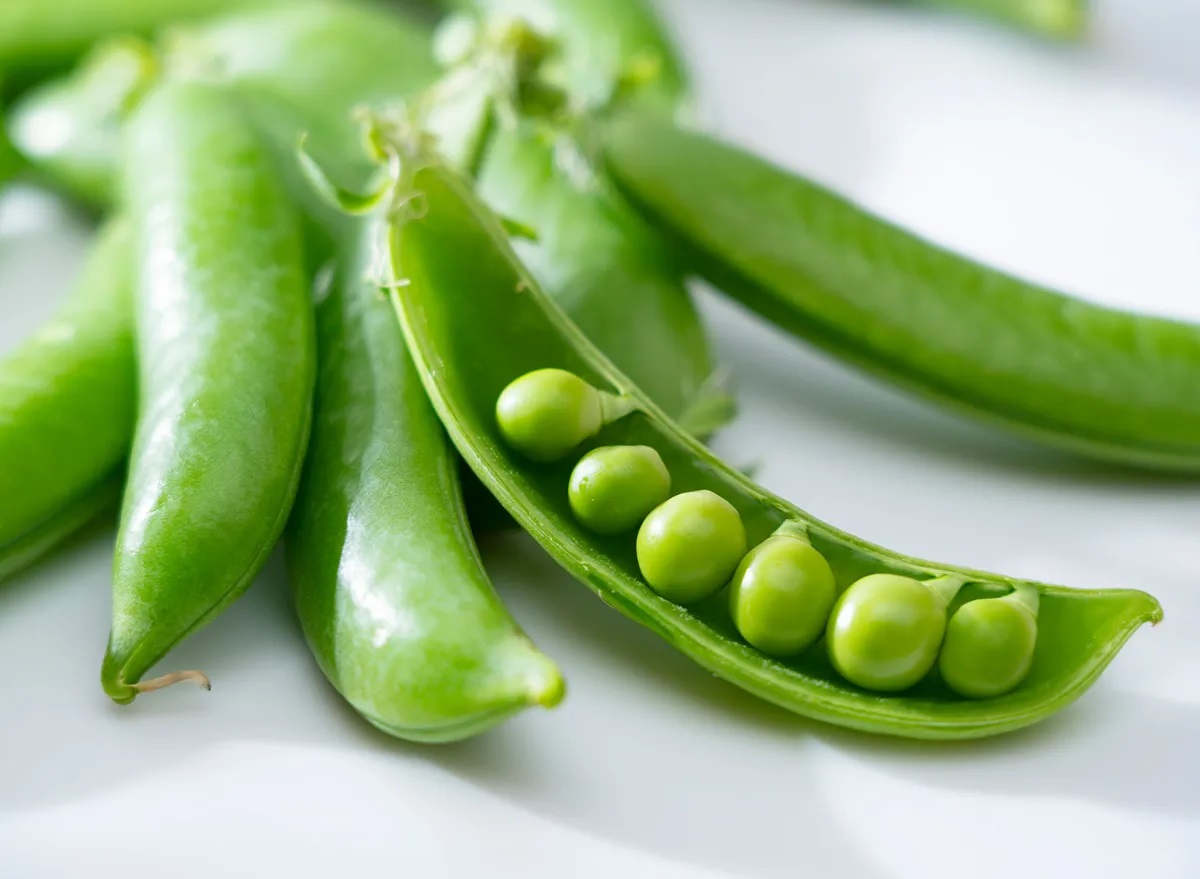How to Enjoy Gator Tail: A Unique Culinary Experience
When it comes to trying new and exotic foods, gator tail is a delicacy that offers a one-of-a-kind dining experience. Whether you’re a food enthusiast looking to expand your palate or a curious traveler seeking a taste of the South, learning how to eat gator tail can be an exciting adventure. Here’s a guide to help you savor this unique dish:
1. Understanding Gator Tail
Gator tail is a popular dish in Southern cuisine, particularly in regions where alligator hunting is common. The meat is known for its tender texture and mild flavor, making it a versatile ingredient in various recipes. Before diving into the culinary experience, it’s essential to understand the cultural and culinary significance of gator tail.
2. Choosing the Right Preparation
When it comes to enjoying gator tail, there are several preparation methods to consider. From grilling and frying to incorporating it into stews and soups, gator tail can be cooked in diverse ways to suit different preferences. Each cooking method brings out unique flavors and textures, so it’s worth exploring various recipes to find the perfect preparation for your palate.
3. Savoring the Flavor
One of the most exciting aspects of eating gator tail is savoring its distinct flavor profile. The meat is often described as a cross between chicken and fish, with a hint of sweetness. When cooked to perfection, gator tail offers a tender and succulent bite that delights the taste buds. Whether it’s seasoned with Cajun spices or served with zesty sauces, gator tail promises a memorable dining experience.
4. Pairing with Complementary Sides
Enhance your gator tail dining experience by pairing it with complementary sides and accompaniments. From classic Southern sides like cornbread and collard greens to contemporary options such as mango salsa and sweet potato fries, there are countless ways to elevate the flavors of gator tail. Experiment with different combinations to create a well-rounded and satisfying meal.
5. Embracing the Culinary Adventure
As you embark on your gator tail culinary adventure, keep an open mind and embrace the opportunity to try something new. Whether you’re enjoying it at a local restaurant or preparing it at home, savoring gator tail is about more than just the taste – it’s about immersing yourself in a unique culinary tradition and expanding your culinary horizons.
So, the next time you have the chance to indulge in gator tail, approach it with curiosity and enthusiasm. By understanding its cultural significance, exploring different preparations, savoring its flavor, and pairing it with complementary sides, you can truly appreciate the experience of eating gator tail.
Remember, the world of food is vast and full of delightful surprises, and gator tail is just one example of the many culinary treasures waiting to be discovered.


